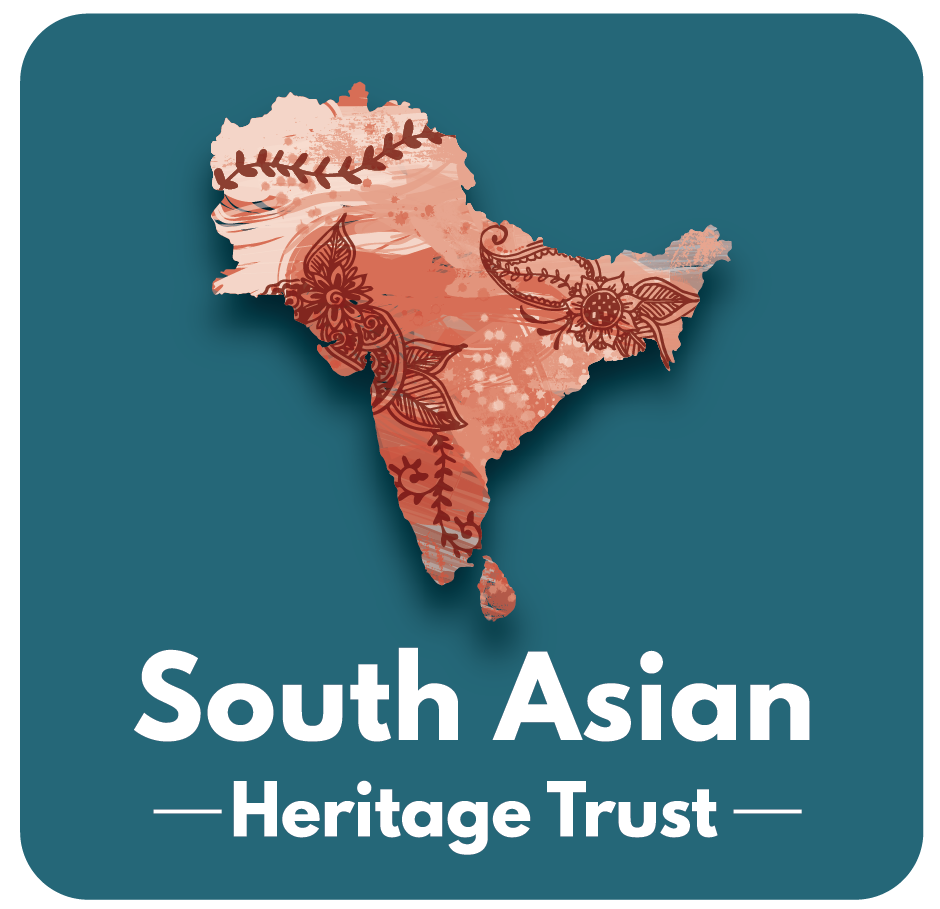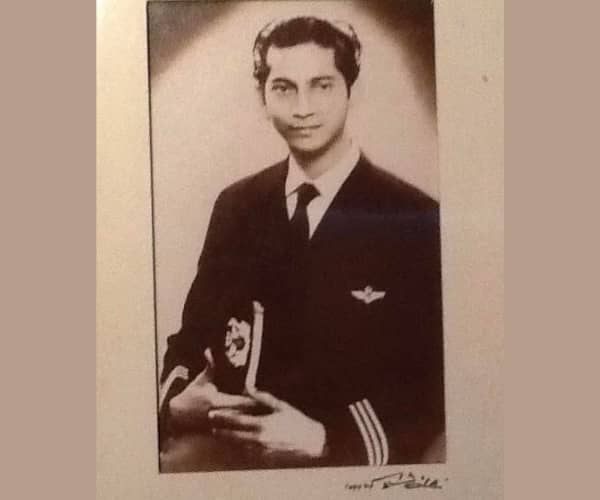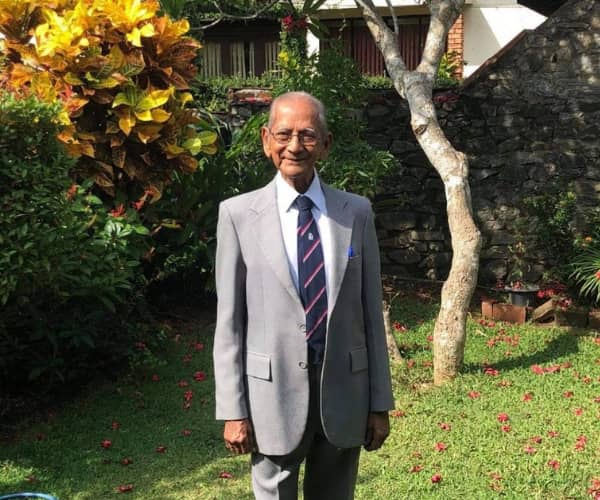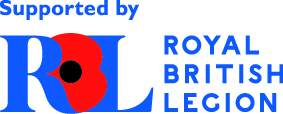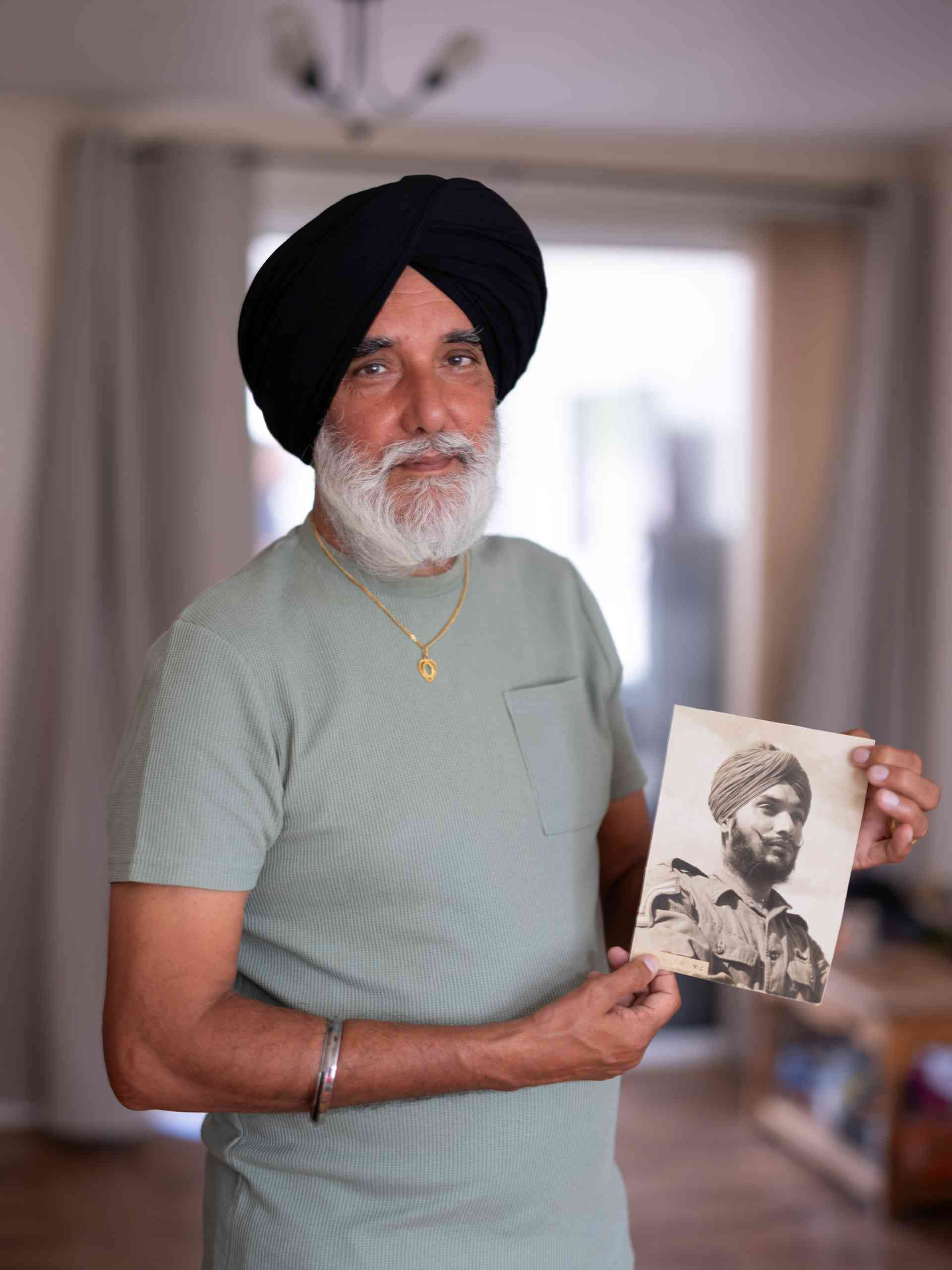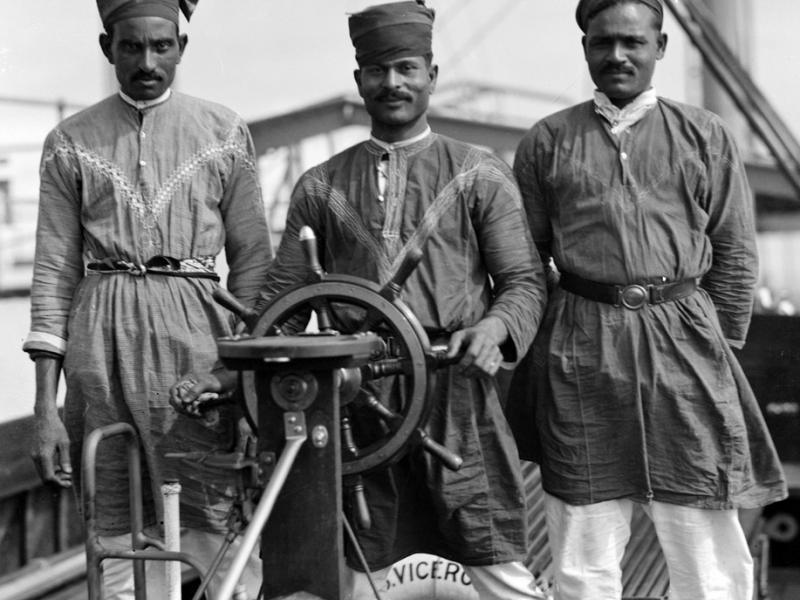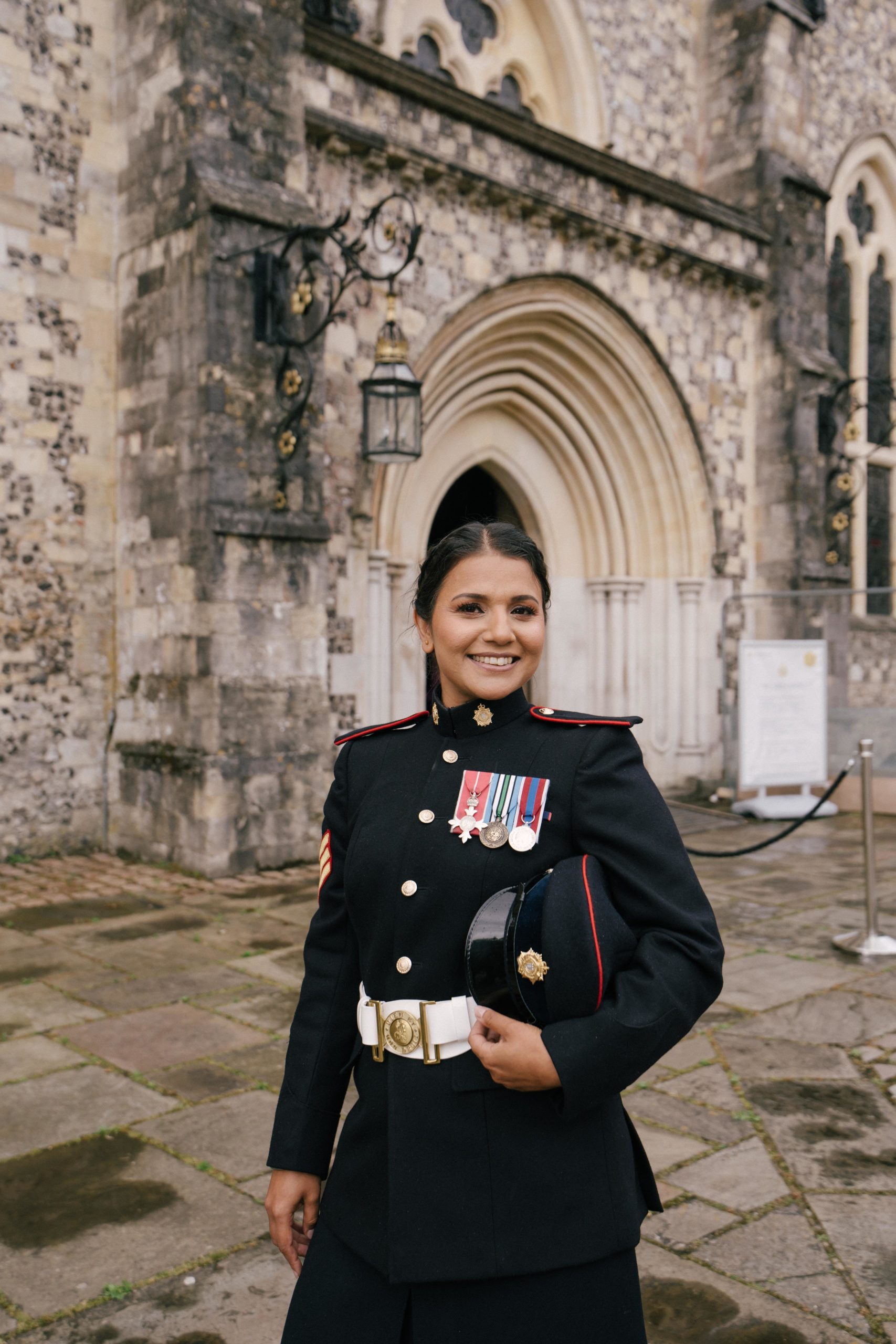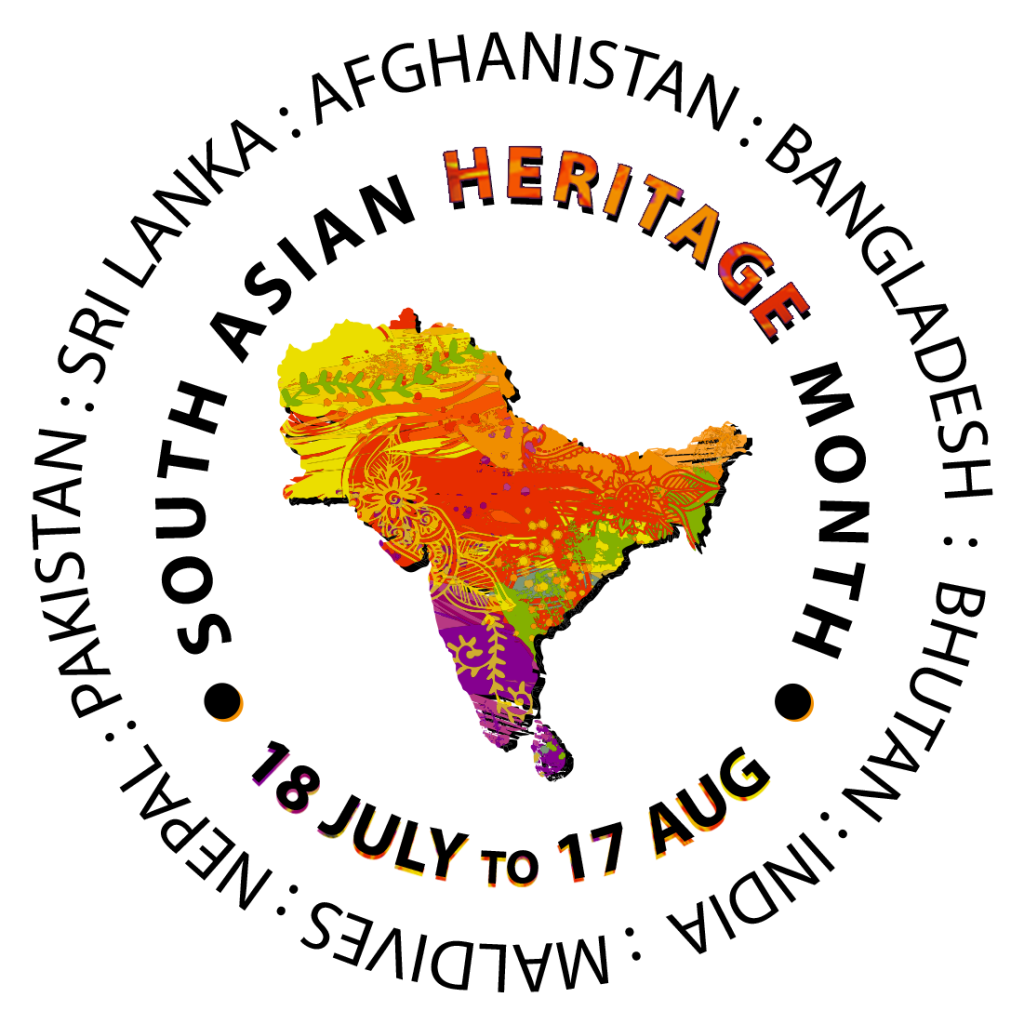Born in 1920 on a tea estate in Kurunegala, Sri Lanka, D.L. Sirimanne, affectionately known as “Siri,” grew up in a world vastly different from today. His early years were marked by simplicity and the beauty of the Sri Lankan countryside. The outbreak of Second World War in 1939 drastically altered the course of his life. From 1939 to 1945, men and women across South Asia volunteered to support the war effort, and Siri was among them. Fired by his first sight of fighter planes during a Japanese air raid on Easter Sunday in 1942, he needed no prompting to join the Fleet Air Arm as an Air Mechanic, repairing and servicing military aircraft.
Sirimanne’s service in the Fleet Air Arm was characterized by a mix of danger, duty, and dedication. Reflecting on his experiences, he recalled:
“When war broke out … I thought to myself ‘I wish I could be a pilot’. Back then there was no call for pilots but there was a call for Air Mechanics, so I joined the Fleet Air Arm and was sent for training for about four months … I was servicing all types of aircraft like fighters and bombers including Spitfires and Seafires.”
Siri detailed the various roles within the Fleet Air Arm:
“The people who attended to the engines were called ‘fitters’, those who attended to the aircraft controls and fuselage were called ‘riggers’ and then there were we ‘electricians’.”
He enjoyed the camaraderie and the quality of life, mentioning that they had good food and even received rations to take home. His duties extended beyond maintenance; he also performed crash duty, vividly recalling instances such as rescuing a pilot from a burning aircraft and repairing multiple Spitfires that had crash-landed:
“Once I remember an aircraft coming to land, it bounced, hit its nose on the runway, caught fire and we had to rush out, cover the aircraft with foam and rescue the pilot. Another time a squadron of Spitfires landed, and they must have been new pilots, as about half of them crashed and we had to take them all in and repair them. Life in the Fleet Air Arm was very interesting to me, I really enjoyed it”
After the war, Sirimanne transitioned to civil aviation, becoming a radio officer and navigator for Air Ceylon, the national carrier. His pioneering work in aviation included participating in the first charter flight from Ratmalana to Sydney and undergoing advanced training with KLM Royal Dutch Airlines in the Netherlands. His career with Air Ceylon and KLM took him around the world, contributing to the development of civil aviation in Sri Lanka.
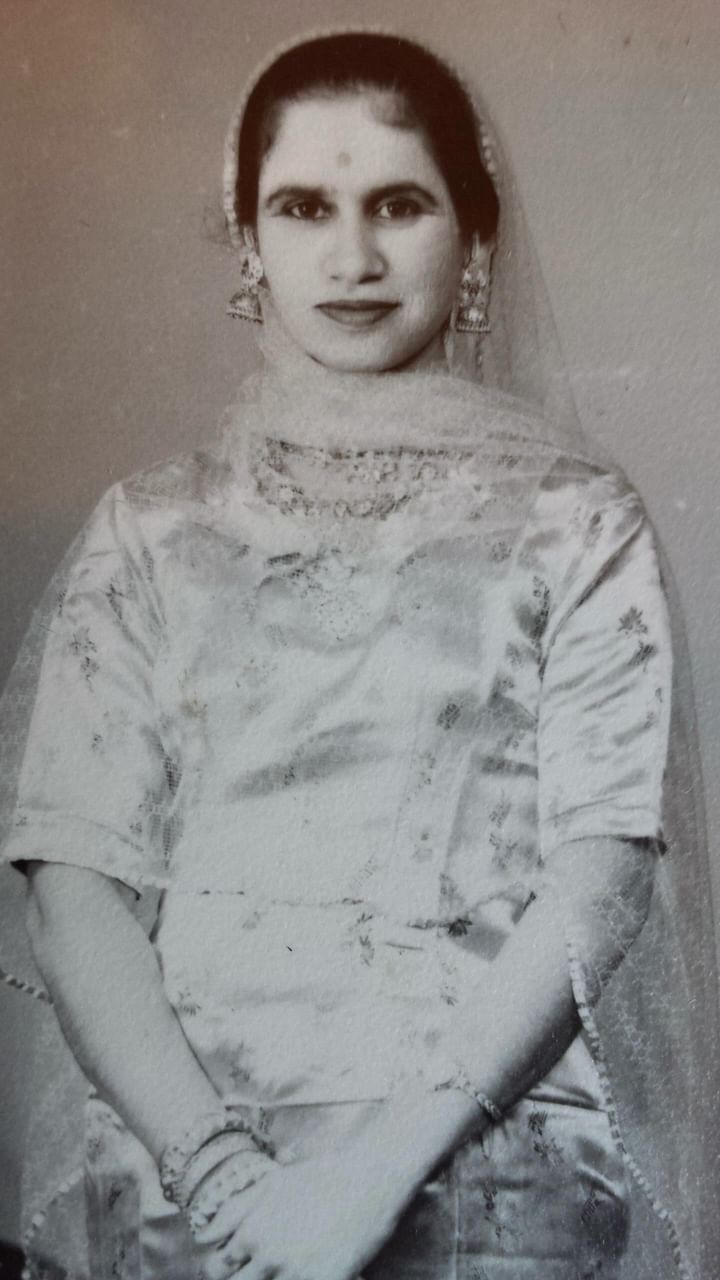
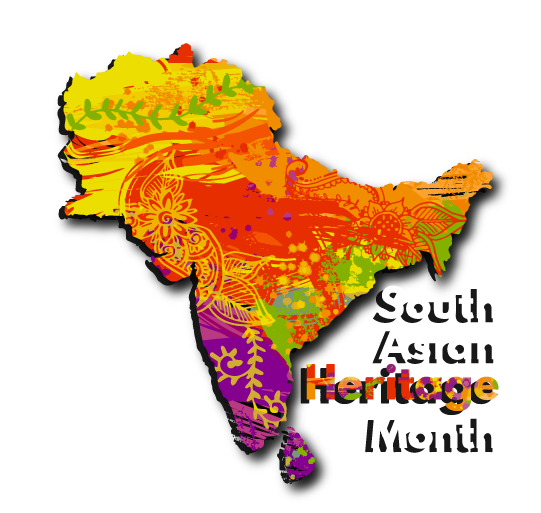 South Asian Heritage Month dates changed to "July" from 2026 — Learn more here →
South Asian Heritage Month dates changed to "July" from 2026 — Learn more here →
